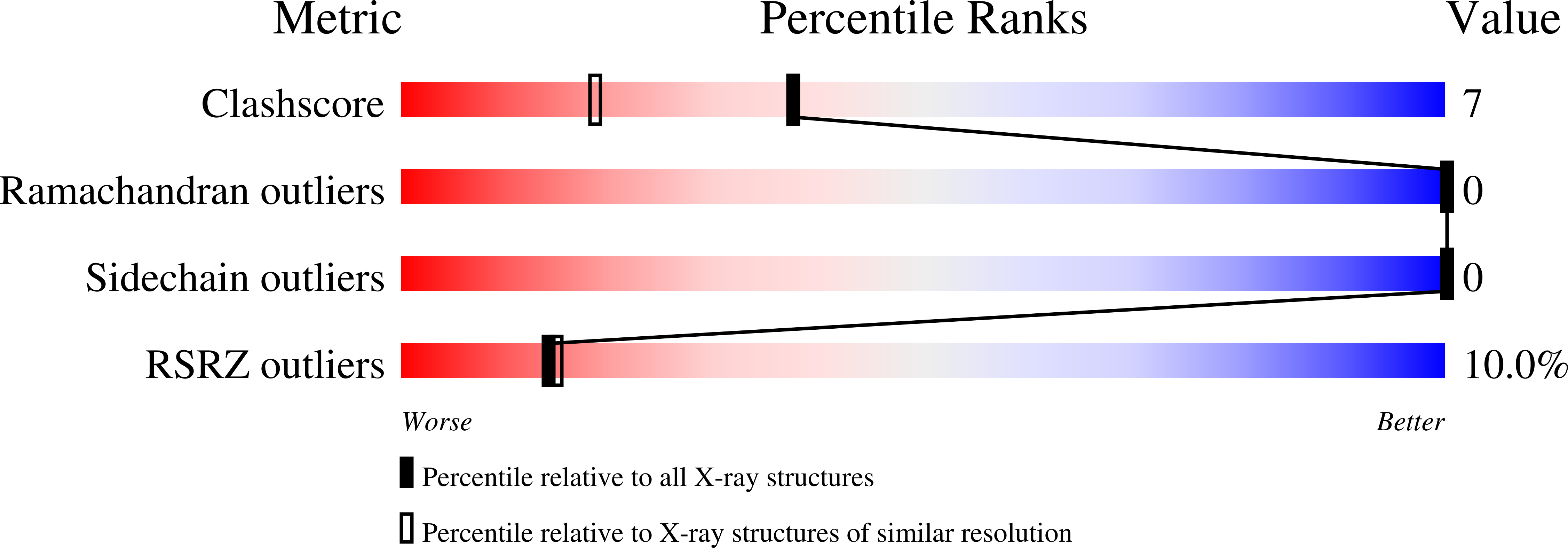
Deposition Date
2024-07-01
Release Date
2024-10-30
Last Version Date
2024-10-30
Entry Detail
PDB ID:
9FXF
Keywords:
Title:
VHH variant adression natural cytotoxicity triggering receptor 3
Biological Source:
Source Organism:
Homo sapiens (Taxon ID: 9606)
Host Organism:
Method Details:
Experimental Method:
Resolution:
1.07 Å
R-Value Free:
0.20
R-Value Work:
0.19
R-Value Observed:
0.19
Space Group:
C 1 2 1


